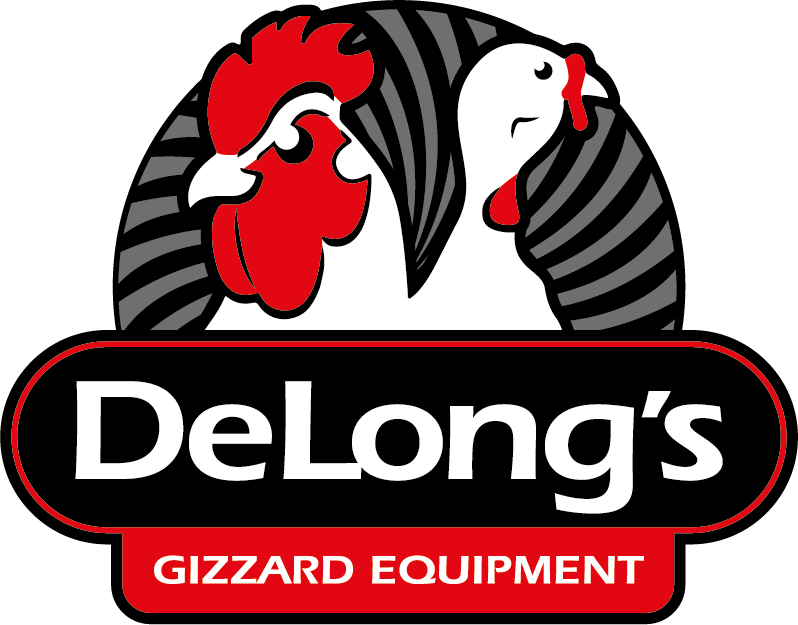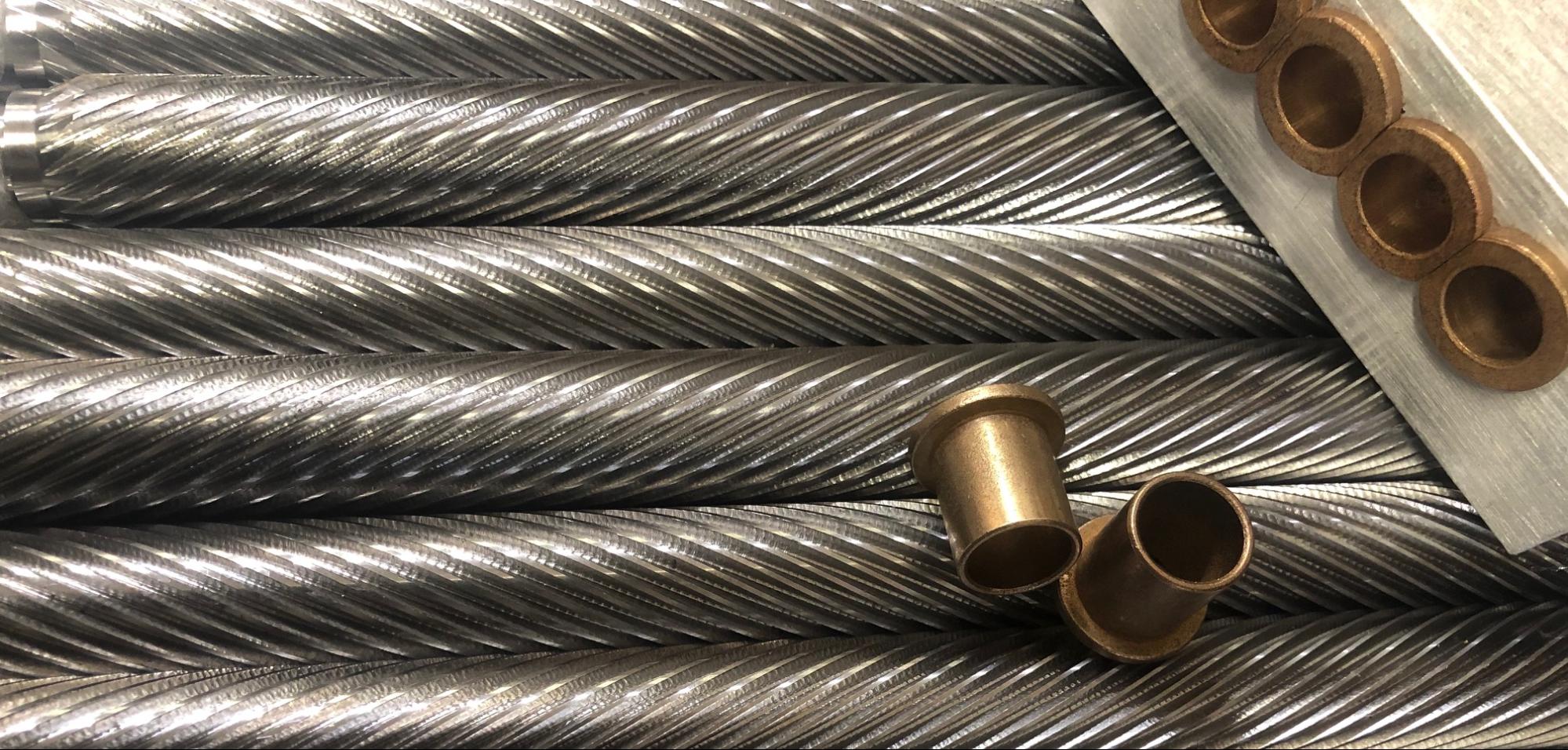
03 Aug Improving Communication Between the Operations and Maintenance Teams
In many poultry production plants, there is a disconnect between the operations team, which oversee the day-to-day operations, and the maintenance team, which keeps every piece of machinery in working order. While this should be a close and productive relationships, many times it is instead adversarial.
The reason for this is that, in many plants, operations sees itself as the customer and maintenance as the service provider. When something goes wrong, maintenance gets called, fixes the problem, and moves on, allowing normal operations to continue. However, the more breakdowns occur, the more work the maintenance team has to fix, and the longer operations goes without suitable equipment. Eventually, this can cause tensions to rise between teams.
Part of this comes from how the teams interact. When deadlines are looming, operations wants to keep equipment running longer to produce a higher yield, keeping maintenance from doing their jobs. This makes an equipment breakdown even more likely, and the resulting downtime makes operations work their machines even harder to compensate.
It’s a vicious cycle, and the only way to stop it is to facilitate proper communication between teams.
If you want less downtime and higher yields, teams at your plant need to support and communicate with each other. Here are some great examples of what you can do to improve communication between the operations and maintenance teams at your plant:
Set Objective Expectations for Everyone
One of the first steps toward ending miscommunications in the workplace is to ensure that everyone on a team knows exactly where their responsibilities end and the other team’s begin. This way, you can cut down on he-said-she-said situations and eliminate any ambiguity about what each team is responsible for.
This concept should be applied within individual teams as well. For instance, by having members of the operations team all agree to set guidelines regarding which work requests get prioritized over others, you’ll make the maintenance team’s job much simpler, allowing them to focus on the most important fixes first before addressing smaller issues.
Share Plans and Schedules
While every individual worker doesn’t need to know what every other worker is doing, the maintenance team should be able to view the operation team’s overall schedule, and vice-versa. Schedule regular meetings with both groups to review each team’s game plan, helping bridge the gap between teams as members from one learn about the unique challenges of the other.
You should also consider creating a joint shutdown schedule emphasizing specific deadlines that both teams must meet. This way, both teams will know exactly what is expected them and why, and there will be fewer occasions when, for example, the operations team overworks their machines to reach a deadline, making life miserable for the maintenance crew.
With shared plan and schedule, both teams will naturally have a better understanding of one another. Instead of working against each other to reach individual team goals, you’ll be facilitating cooperation by reinforcing the idea that everyone at the plant is working toward the same end.
Emphasize Group Accomplishments
Part of the negative relationship between operations and maintenance in many plants comes from how each are treated: when everything goes right, operations takes the credit for delivering on time. But when something goes wrong, maintenance gets the blame for not fixing equipment malfunctions in time.
The way to overcome this is by recognizing accomplishments from workers on both teams. When everything goes right, both teams take credit, and when everything goes wrong, both teams share part of the blame. In addition to boosting morale for the maintenance team, this will also help encourage operations team members to lend a helping hand if something breaks.
In addition to recognizing whole teams, don’t forget to recognize individual accomplishments as well. This will help workers build a sense of pride in their work and loyalty to the team that encourages their success.
Include Operations Members in Maintenance Training
Ultimately, the best step to bridge the divide between operations and maintenance is to teach operations more about maintaining their own machines. This way, operations can deal with day-to-day upkeep, allowing maintenance to focus on big fixes and preventative maintenance.
Through great preventative maintenance training, the plant will last longer, see greater yields, and, most importantly, facilitate a workplace environment based on teamwork, cooperation, and working together toward the big picture.
Interested in learning more about what training the operations team about maintenance best practices can do for your plant? Download our free informative Ebook, Why and How to Cross-Train in Maintenance, and take you team to the next level today.



